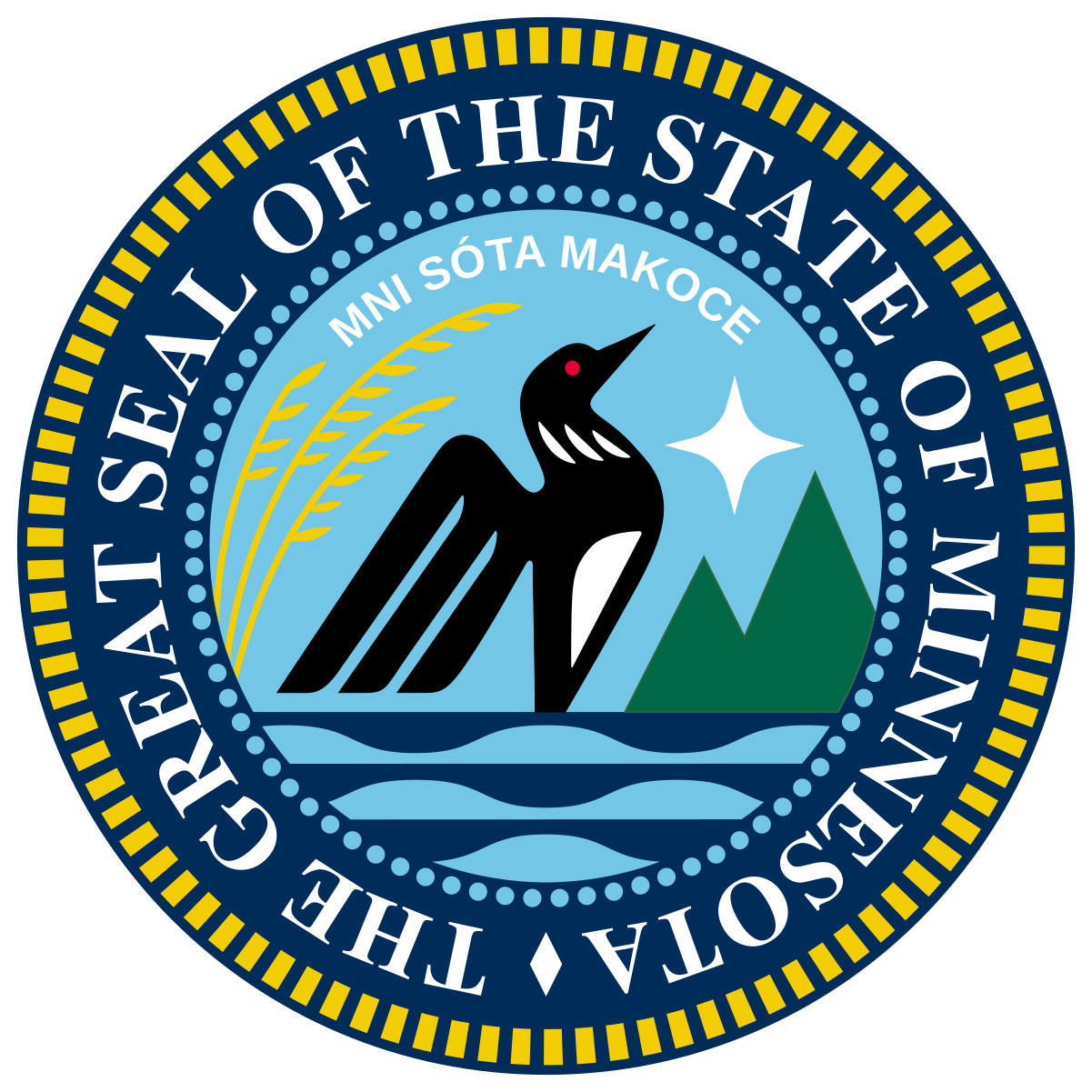Interesting look at the Minneapolis / St. Paul area from an urban planning and transit standpoint. It mostly focuses on Minneapolis and talks about the good and bad about how the city runs
This video really highlights a lot of the good that Minneapolis has with its parks and bicycle system with some good highlights of the failings in downtown Minneapolis. The points about the extra large roads without any dedicated bike lanes really hits home especially with how dead the downtown is post Covid. Moreover, the lack of people and uses on Nicollet Mall the pedestrian zone really shows how the whole downtown needs to refresh.
He didn’t touch on what I think is a huge problem which is a rapid way to get between the downtowns of Minneapolis and St. Paul. For being the twin cities there is no real method to get between the centers of both which I think is huge missed opportunity.
The whole downtown was long overdue for a refresh in the 1970s. The skyway system was a step in the right direction (see the criticism from the video!), but fundamentally downtown remained a place where rich people take a chauffeured limousine (otherwise known as a bus!) to their 9-5 job. Almost nobody lived there, and so there was no life (other than lunch time on the skyway). Because almost nobody lives downtown it is dead early.
The lightrail made a big mistake terminating downtown. Each should have become a subway under downtown, with a central station someplace (nicolet mall!) so that people could use it instead of having to transfer to a bus. The slow speed and low headways also are not helping.
There a lot of improvements but you are right that the current system does not work. The pandemic made it obvious to anyone that it was just for office works. Trying to take a bus anywhere that isn’t a commute to work really doesn’t work with buses not coming fast enough and take way to long.
We should just join both skyways with one long skyway tunnel that follows the light rail, problem solved.
That would be awesome. I would totally use that
Really insightful video. I really wish downtown Minneapolis would get rid of the one way system. We’ve known for decades that one way systems kill downtowns and it’s completely moronic we’ve kept it for this long despite all the evidence that it’s harmful. Changing this, and converting more office space to residential could make the downtown a thriving place.
For sure more residential would do wonders for the downtown area
Could you expand on this? I’ve never heard of the one way system issues that you’re speaking of – many metro areas I’ve been to function similarly – and would like to learn more.
Sure thing, I’ll do my best to explain it:
One way systems in downtowns are good at one thing: Moving suburbanites into downtown for work, and out of downtown for the commute home.
The cons of them are numerous:
They distribute vitality unevenly, and cause many businesses to fail due to decreased visibility on cross streets (you can’t see a store on the south side of a cross street in the intersection if you are facing north, but you can see it if you are facing south).
They intimidate out of towners, and those not familiar with downtown. It is shown that often a suburbanite will just often just leave downtown all together, rather than loop around the block if they miss their destination.
One way systems move cars faster. This seems like a good thing at the surface, but is actually a really bad thing. A faster car means a car less likely to stop for a pedestrian. A faster car means a higher likelihood of fatality in a pedestrian accident. A faster car means a driver less likely to find a business on a whim they want to purchase from. Simply put, congestion and/or slow driving are objectively good things in downtowns. Slow, two way streets encourage walkability, and they statistically encourage wayyy more sales at local businesses. Slow streets in dense areas are wealth generators.
There’s probably more I can think of but this is the main gist of it.
Found an article quickly if you wanted to read up on it.
https://www.bloomberg.com/news/articles/2013-01-31/the-case-against-one-way-streets
Thanks for the response and article.
Interesting theories about the traffic flow and urban planning. Does make a lot of sense, even as I can’t quite wrap my head around what downtown and transit would look like if everything (or the majority) was a two-way street.
Thanks again for sharing!





